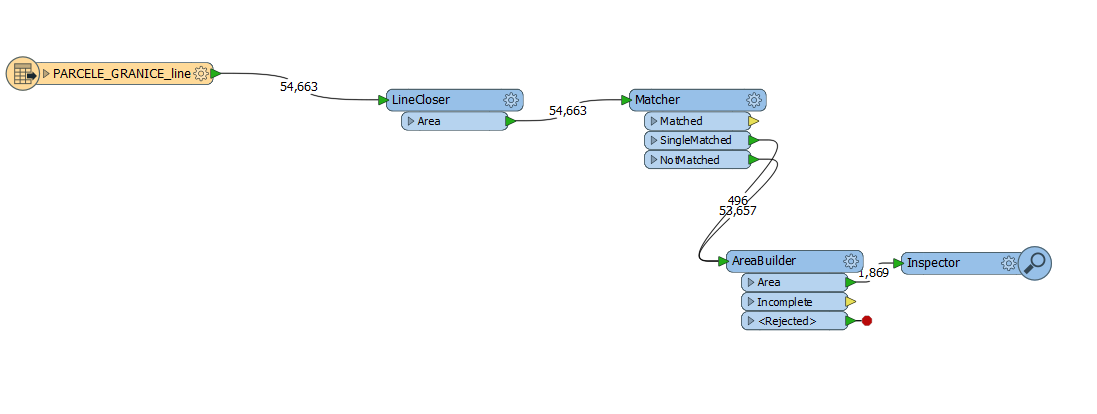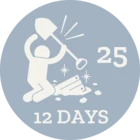Hello, I hope someone can help me with my problem. I am fairly new to FME and my first task is to close parcel polygons from .SHP. My approach was to use transformers LineCloser, Matcher and AreaBulder in that order and this works fine if data is good(Picture 1). I will be working with .SHP that are not 100% correct for example not all lines in .SHP will touch in same point (see Picture 2) or they will intersect (Picture 3). And at last my question. Is there a possibility in FME that I can test my SHP for this type of issues?

Picture1

Picture 2

Picture 3




